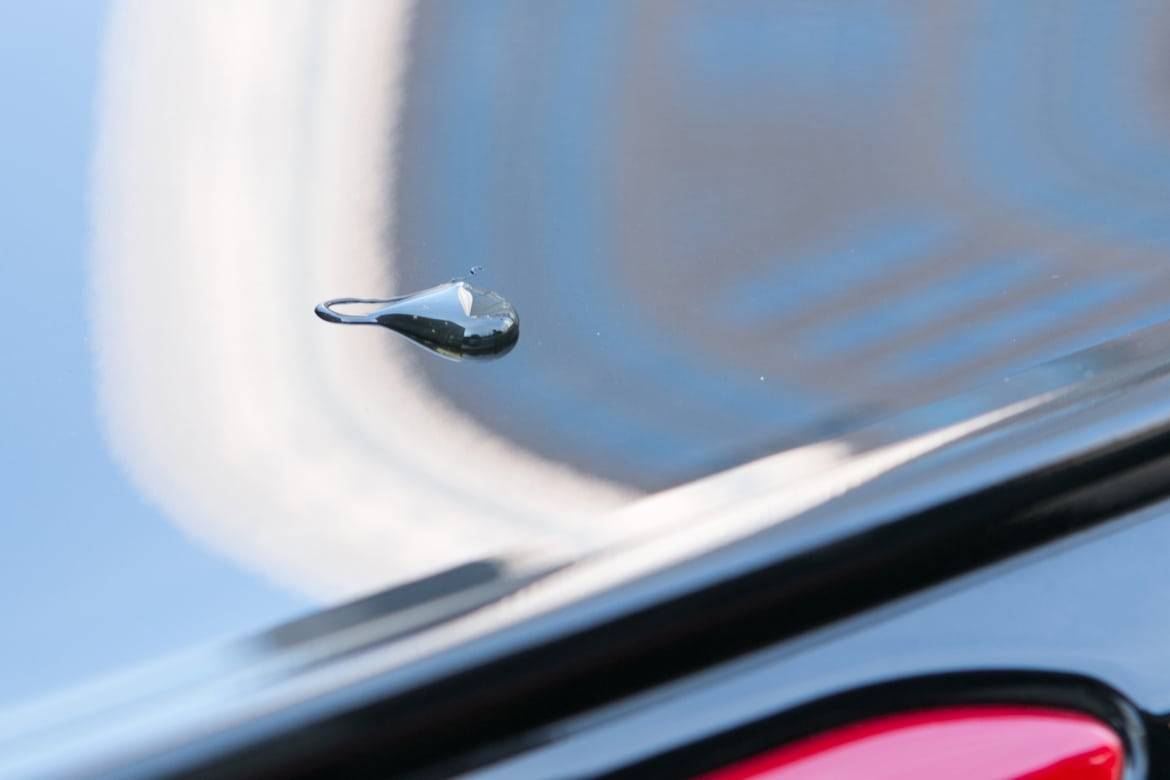Introduction
In the hushed embrace of the forest, where sunbeams paint golden patterns against the verdant canopy, there lies a treasure trove of pine-scented wonders. Among these, the humble pinecone stands as a symbol of nature’s artistry and the gift of its precious resin. Whether you seek to revive old traditions or simply marvel at the versatility of this natural adhesive, this comprehensive guide will illuminate every facet of extracting sap from pinecones.

Image: wheelsadviser.com
Discovering Nature’s Glue: A History of Pine Resin
Since time immemorial, pine resin has been prized across various cultures for its remarkable properties. In ancient civilizations, it found use as an embalming agent, an ingredient in traditional medicine, and an adhesive for sealing pottery and tools. Throughout history, it has illuminated households as a source of light and served as a protective coating for wooden ships, preserving them against the relentless ocean.
Harvesting Pinecones: A Season for Resin
The extraction of sap from pinecones is a seasonal art, typically falling between the autumnal equinox and the first breath of spring. During this time, nature’s bounty delivers pinecones rich in resin content. Selecting healthy cones from living trees ensures they have not dried out and become brittle. Once harvested, spread them out in a warm, well-ventilated area to dry thoroughly. Patience is key, as the cones may take several days or weeks to fully dry.
Extracting Resin: Gentle Methods for Bountiful Yields
When the pinecones are sufficiently dry, the extraction process can commence. Several techniques, both traditional and modern, can yield varying amounts of resin.

Image: wheelsadviser.com
Solar Extraction: Harnessing Nature’s Energy
Place dried pinecones in a glass jar with a tightly fitting lid. Ensure the jar is clean and free of moisture. Expose the jar to direct sunlight for several hours or even days. The heat of the sun will draw out the resin from the pinecones. As it liquefies, the resin will collect at the bottom of the jar.
Water Extraction: A Time-Honored Tradition
Fill a large pot with water and bring it to a rolling boil. Carefully lower the dried pinecones into the boiling water and reduce heat to a gentle simmer. Stir the pinecones occasionally to help release the resin. Simmer for several hours, or until the resin floats to the surface. Skim off the resin and pour it into a separate container to cool and solidify.
Microwave Extraction: A Modern Convenience
Another effective method, microwave extraction, employs the power of electromagnetic waves to heat the pine resin. Place dried pinecones in a microwave-safe container and cover them with water. Microwave for short intervals, such as 30 seconds at a time, and check the consistency of the resin. Continue microwaving in short bursts until the resin melts and separates from the pinecones.
Using Pine Resin: A Versatile Natural Wonder
Once extracted, pine resin can be utilized in various applications:
-
Incenso: Burn resin on charcoal to create a fragrant, spiritual ambience.
-
Salve: Mix resin with beeswax or olive oil to create a soothing salve for skin ailments.
-
Adhesive: Use pine resin as a natural glue for projects such as woodworking or pottery.
-
Tinder and Kindling: Add pine resin to fire pits or stoves to promote quicker ignition.
-
Folk Medicine: Pine resin has been traditionally employed in folk medicine to treat wounds, burns, and respiratory ailments.
Tips and Expert Advice for Successful Resin Extraction
-
Harvest pinecones only from healthy trees, avoiding diseased or damaged cones.
-
Ensure the pinecones are fully dry before initiating the extraction process.
-
Be patient; extraction can take several hours or even days.
-
Experiment with different extraction techniques to find the one that best suits your needs and yields the most resin.
-
Pine resin is a sticky substance. Wear gloves and protect your work surfaces to prevent unwanted adhesion.
-
If the resin becomes too thick, gently warm it to return it to a liquid state.
-
Store extracted resin in a cool, dark place to preserve its potency and prevent hardening.
Frequently Asked Questions: Unlocking Common Resin Mysteries
Q: Can I extract resin from all types of pinecones?
A: While all pinecones produce resin to some degree, the highest yields are typically obtained from larger, mature cones, such as those from Sugar Pines or Ponderosa Pines.
Q: Is pine resin safe to use on the skin?
A: In general, pine resin is considered safe for topical applications. However, some individuals may experience skin sensitivity. It is always advisable to perform a patch test on a small area of skin before using pine resin products on a larger scale.
Q: How long can I store pine resin?
A: Properly stored in a cool, dry place, pine resin can retain its potency for several years.
How To Get Sap Off Pinecones
Conclusion
Extracting sap from pinecones unveils a world of possibilities, connecting us to nature’s ingenuity and the wisdom of our ancestors. Whether you seek to preserve an ancient tradition or simply harness the versatility of pine resin, this comprehensive guide has equipped you with the knowledge and techniques to embark on a resinous journey.
Are you ready to embrace the wonders of nature’s golden glue? Let the allure of pinecones captivate you, and embark on a rewarding exploration of pine resin extraction today.